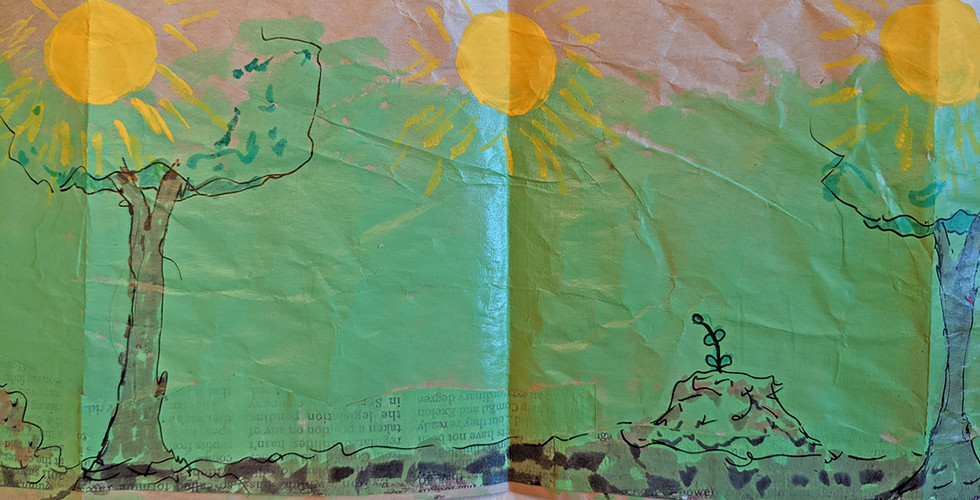July is International Zine Month
- webmaster9040
- Jul 18, 2022
- 2 min read
There is a special place in this website administrator's heart for self-publishers. One of the most basic, yet powerful, forms of self-publishing (and the easiest to create) is the zine.
Zines are usually handmade, small scale publications to raise awareness and they aren't necessarily sold to make a profit, though what you will discover with zines is that there are no rules.
The zine below was made from craft packing paper on the inside and covers cut from used folders.

Zines are not a brand new concept, and they have been around for almost a hundred years now! The first science fiction zine was published in 1930 and it was titled “The Comet.” It was published by the Science Correspondence Club in Chicago. Just like books, zines also foster communities. It’s a great medium for readers and writers to come together without having to worry about book sales and profits. The zine movement is ever-growing and soon enough most libraries across America will have a dedicated zine collection on their shelves!
The word "zine" was entered in the Oxford English Dictionary in 1949. I would argue that the concept of a zine reaches all the way back to the first written word. Before there was a publisher, there was a person with a collection of paper with drawings, words, articles, essays, political statements on it. They shared that collection of pages with someone.

Zines are a wonderful option for whatever means of creativity suits the creator. Artwork, long essay, comic, political commentary, or whatever else can be placed on a page is fair game for the pages of a zine.
The art zine pictured would be a true work of love to mass produce—since each one would have to be created from scratch. But using a copier/printer to create additional zines is the way to go for other varieties. Truthfully, the art zine pictured could be copied/desktop printed too. Anything goes with a zine!
Zines...
Give a voice to the voiceless by allowing them to share their stories and circulate them widely. In this way, zines have been an important part of many socio-political movements.
They foster community as people come together to create and share zines.
Their short format encourages the casual reader to stop for maybe a little while longer.
Provide a low cost alternative (completely free if using resourced materials) for publishing in a world where self-publishing is possible but still a bit pricey up front.
Can help you build an audience—sign them so readers can find your work.
More Reading and Exploration
"Generation Zine: Why the Revival of Zine Culture Is Crucial Today" article by Camelia Heins, New University, the official campus newspaper at University of California, Irvine.
Columbia College Chicago "Zines and Indie Publishing" page: https://libguides.colum.edu/c.php?g=1018055&p=7387270












Comments